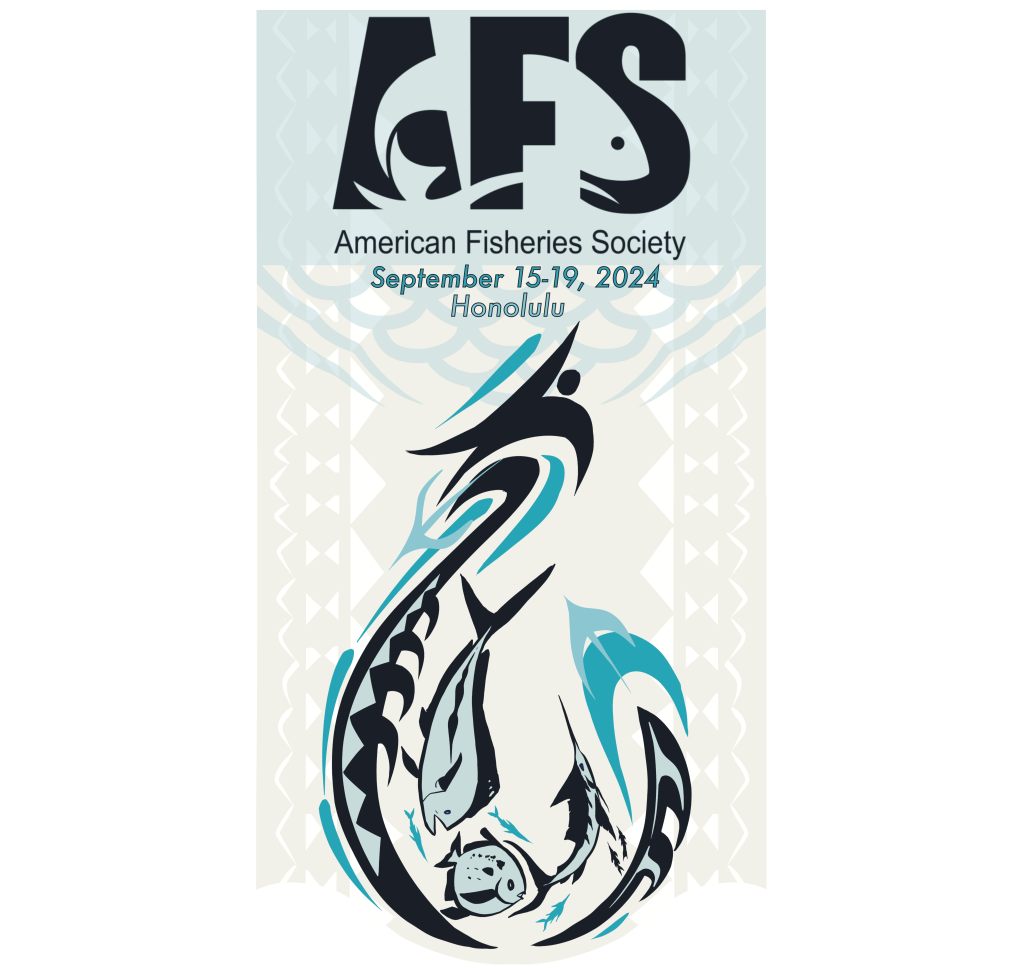This session concerns the specific methods to incorporate co-produced knowledge into scientific models of fishery population dynamics. These efforts are often integrated within an “open-science” framework to facilitate transparency and participation, so we especially encourage presentations that include this sub-theme. This session will include breakout sessions, a panel discussion with representatives from Hawai’ian commercial and recreational fisheries, sociologists, and economists. There will be a lightning round for short-format (5 minute) student talks, and we invite presenters to submit a “show and tell” of their open science frameworks (e.g., Shiny applications, interactive web sites, citizen science dashboards) in a special sub-session.
Organizer: Megumi Oshima, National Oceanic and Atmospheric Administration, [email protected]
Co-organizers: Felipe Carvalho, Kristan Blackhart, Maia Kapur
